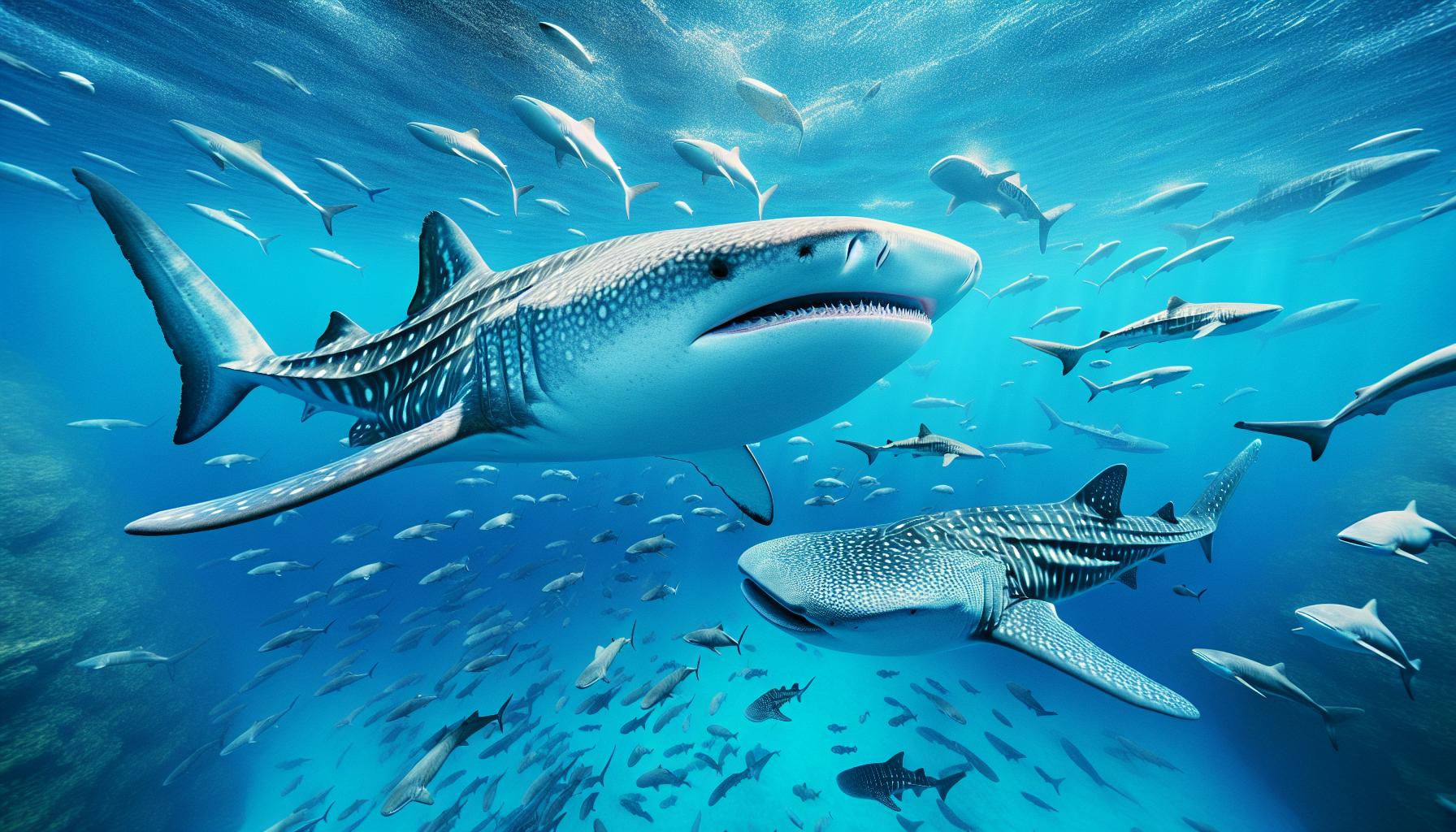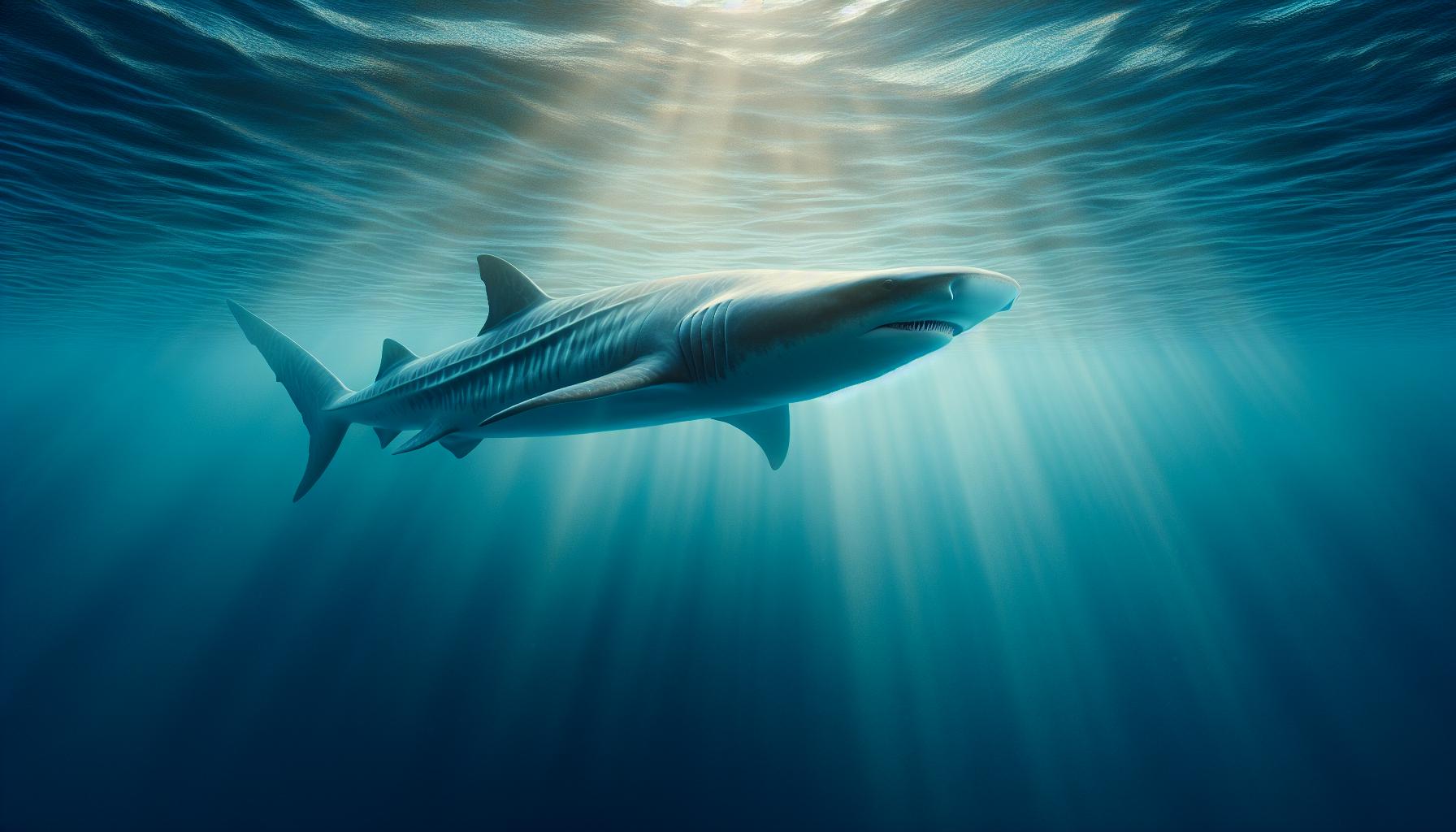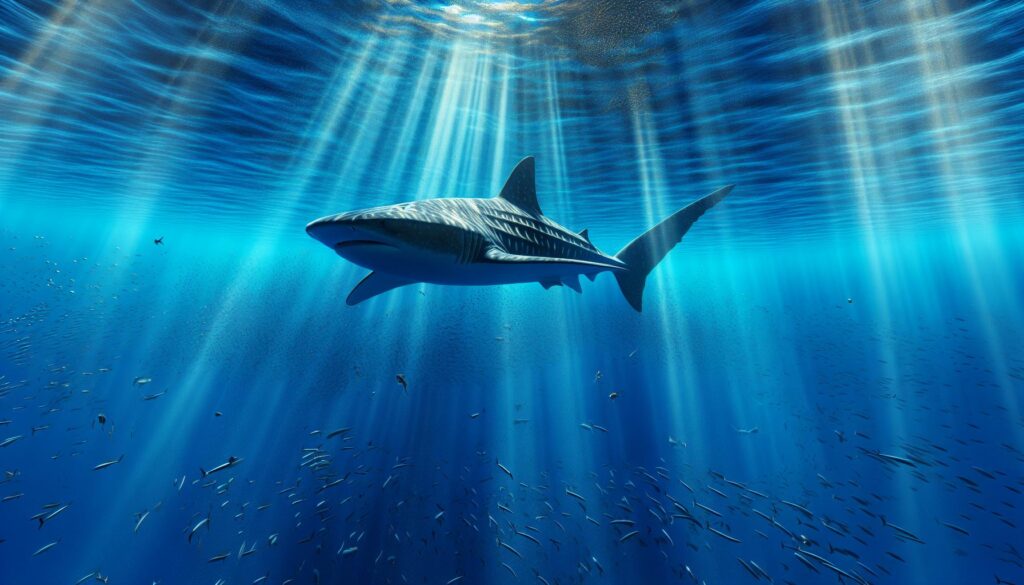When I think of gentle giants of the ocean, the basking shark and the whale shark immediately come to mind. Both species, despite their impressive sizes, glide gracefully through the water, captivating anyone lucky enough to encounter them. These magnificent creatures play crucial roles in marine ecosystems, yet they often remain shrouded in mystery.
The basking shark, known for its enormous mouth and unique feeding habits, contrasts sharply with the whale shark, the largest fish in the sea. Understanding their behaviors, habitats, and similarities can deepen our appreciation for these fascinating animals. Join me as I dive into the world of basking sharks and whale sharks, exploring what makes them so special and why they deserve our attention and protection.
Key Takeaways
- Similar Gentle Giants: The basking shark and whale shark are both notable for their large sizes, with basking sharks reaching up to 40 feet and whale sharks exceeding 60 feet, yet they are gentle filter feeders.
- Feeding Habits: Both species primarily consume plankton through similar filter-feeding methods, playing vital roles in marine ecosystems by promoting nutrient cycling.
- Distinct Habitats: Basking sharks inhabit temperate waters, while whale sharks thrive in tropical and subtropical regions, demonstrating their unique ecological adaptations.
- Conservation Concerns: Both species face significant threats from overfishing, habitat destruction, and climate change, leading to notable declines in their populations.
- Unique Physical Traits: While basking sharks have streamlined bodies with large gill slits, whale sharks feature broader heads with a distinctive pattern of white spots, aiding in their identification.
- Importance of Protection: Understanding the behaviors and habitats of basking and whale sharks emphasizes the need for conservation efforts to ensure their survival in the ocean.
Basking Shark:ug9konpnlp4= Whale Shark
Basking sharks (Cetorhinus maximus) and whale sharks (Rhincodon typus) represent two of the ocean’s largest species. Basking sharks can reach lengths of up to 40 feet (12 meters), while whale sharks can grow over 60 feet (18 meters). Both species exhibit stunning grace as they roam the waters.
Basking sharks primarily feed on plankton, utilizing their gill rakers to filter food while swimming slowly near the surface. Whale sharks also have a similar feeding strategy, filtering plankton and small fish. This distinctive feeding behavior makes both basking shark:ug9konpnlp4= whale shark important players in their ecosystems by promoting nutrient cycling.
Habitat-wise, basking sharks inhabit temperate waters and are often found in coastal areas during warmer months. In contrast, basking shark:ug9konpnlp4= whale shark thrive in tropical and subtropical oceans, frequently found near islands and coral reefs. Their migratory patterns often connect them with rich feeding grounds.
Both basking and whale sharks exhibit similar reproductive strategies, with ovoviviparity observed in whale sharks and limited information available about basking shark:ug9konpnlp4= whale shark reproduction. Understanding their life cycles highlights the need for conservation efforts to protect these gentle giants from threats like overfishing and habitat degradation.
Basking and whale sharks exemplify the unique diversity of marine life. Their feeding habits, habitats, and roles in the ecosystem contribute to their status as key species worthy of protection.
Physical Characteristics

Basking sharks and whale sharks exhibit remarkable physical traits that distinguish them as the ocean’s gentle giants.
Size Comparison
Basking sharks typically reach lengths of up to 40 feet, with some individuals measuring even longer. Whale sharks, on the other hand, are larger, often exceeding 60 feet in length, making them the largest fish species. Both species demonstrate significant weight, with basking sharks weighing up to 11 tons and whale sharks exceeding 15 tons. The size variation between the two species highlights their adaptations to different ecological niches within their marine environments.
Distinctive Features
Basking sharks possess a streamlined body, long dorsal fin, and two distinctive, large gill slits on either side of their heads. Their dark gray or brown skin, often marked with lighter patterns, aids in camouflage within their habitats. Whale sharks feature a broader, flatter head with a wide mouth located at the front, designed for efficient filter feeding. Their skin displays a unique pattern of white spots and stripes against a dark background, helping to identify individuals. These physical adaptations enable both species to thrive in their respective environments while engaging in filter feeding on plankton and small fish.
Habitat and Distribution

Basking sharks and whale sharks inhabit distinct regions of the ocean, reflecting their unique ecological needs. Understanding their ranges clarifies their roles within marine ecosystems.
Basking Shark Range
Basking sharks are primarily found in temperate waters around the world. Their distribution extends from the coasts of North America, including the Atlantic and Pacific Oceans, to the waters of Europe, particularly the North Sea and the Mediterranean. They thrive in areas where plankton blooms occur, often near the surface. Seasonal migrations lead basking sharks to warmer waters during summer months, as these temperatures support extensive feeding activities.
Whale Shark Range
Whale sharks inhabit tropical and subtropical oceans globally. They prefer waters near coastal regions, frequently associating with islands and coral reefs. Common locations include the Caribbean Sea, the Indian Ocean, and the western Pacific. Whale sharks often follow nutrient-rich currents, which attract the small fish and plankton they filter feed on. Their presence is notable in areas like the Maldives, the Philippines, and Mexico, where they gather for seasonal feeding and breeding activities.
Feeding Behavior

Both basking sharks and whale sharks employ unique strategies to feed on their primary nutrients in the ocean. They share a similar diet, primarily consisting of plankton and small fish, but they utilize different techniques to capture their prey.
Basking Shark Diet
Basking sharks primarily feed on zooplankton, including copepods, krill, and other small organisms. They filter basking shark:ug9konpnlp4= whale shark tiny creatures from the water using their large mouths, which can be over 3 feet wide. Basking sharks swim slowly with their mouths open, allowing water to flow through their gill rakers, effectively trapping food. Individuals consume large quantities, filtering up to 2,000 cubic meters of water per hour during feeding sessions. This feeding method typically occurs in nutrient-rich areas during the spring and summer months when plankton blooms are prevalent.
Whale Shark Diet
Whale sharks also focus on plankton, with a diet that can include small fish and other microscopic life forms. Their broad mouths and specialized filter-feeding system allow them to consume massive amounts of food. Whale sharks can filter up to 6,000 cubic meters of water per hour in search of prey. They are known to aggregate in specific locations, like the Maldives and Belize, where nutrient-rich waters attract abundant plankton. Whale sharks often employ a technique called “ram feeding,” swimming with their mouths open to capture prey as they glide through the water.
Conservation Status
Basking sharks and whale sharks face significant threats impacting their populations. Understanding these threats is crucial for implementing effective conservation strategies.
Threats to Basking Sharks
Basking sharks experience several threats that contribute to their declining numbers. Overfishing remains a major concern, as they are often caught accidentally in fishing gear or targeted for their fins and meat. Habitat degradation, particularly due to climate change, affects their migratory patterns and access to plankton-rich areas. Additionally, vessel collisions pose a risk, especially in busy shipping lanes where these slow-moving giants reside. Research indicates that basking shark populations have decreased by over 80% in some regions within the last few decades.
Threats to Whale Sharks
Whale sharks also face numerous threats that jeopardize their survival. Like basking shark:ug9konpnlp4= whale shark, they are vulnerable to overfishing, with their fins and meat being highly prized in certain markets. Habitat destruction, primarily caused by coastal development and pollution, negatively impacts their breeding and feeding grounds. Climate change affects water temperatures and plankton availability, disrupting their feeding habits. Furthermore, whale sharks are at risk of boat strikes, particularly in popular tourist destinations where whale shark sightings occur frequently. Studies reveal that whale shark populations have declined by more than 50% in many areas over the past 75 years.
The Wonder Of Our Oceans
The basking shark and whale shark truly embody the wonder of our oceans. Their gentle nature and massive sizes remind us of the importance of preserving these magnificent creatures. As they filter-feed and navigate their respective habitats, they contribute significantly to the health of marine ecosystems.
It’s crucial that we take action to protect them from the threats they face. By raising awareness and supporting conservation efforts, we can ensure that future generations will also have the chance to marvel at these incredible giants of the sea. Let’s commit to safeguarding their existence and the rich biodiversity they represent.



